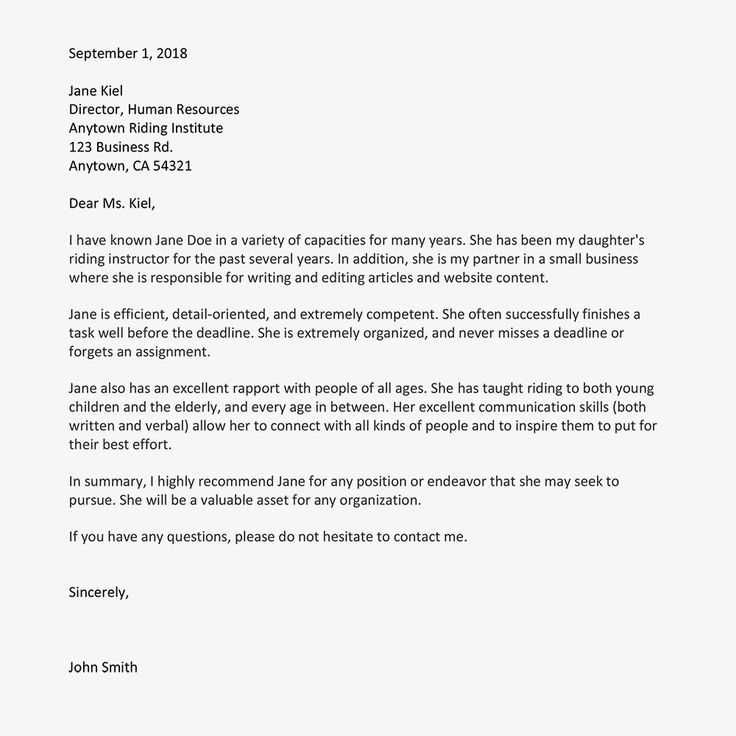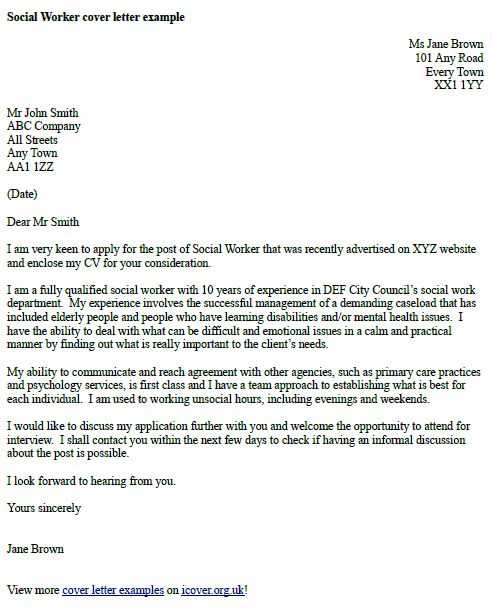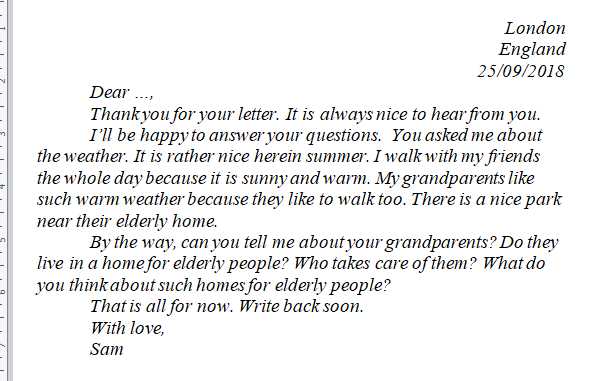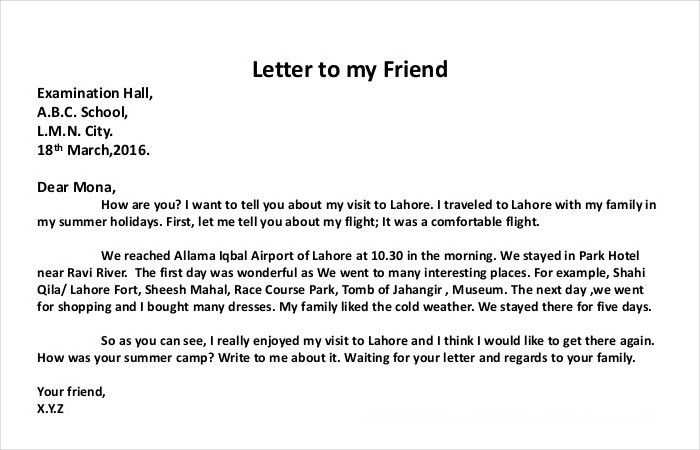Letter to elderly template

Writing a letter to an elderly person is an opportunity to express warmth and care. Focus on crafting a message that acknowledges their life experience and provides meaningful connection. Personalize your letter by mentioning shared memories or topics they are passionate about.
Keep the tone warm and respectful, offering encouragement and reassurance. Acknowledge their value and the wisdom they bring to the world. Reassure them that their presence is important and that they are loved and appreciated.
Share positive updates from your life or the lives of others they care about. Remind them of the joy they bring to those around them. Keep your language clear and easy to read, especially if they have difficulty with small text or complex ideas.
End the letter with a hopeful message. Let them know you are looking forward to the next time you can speak or visit, and offer your support whenever they need it. Keep your closing friendly and sincere.
Letter to Elderly Template

Begin your letter with a warm greeting, addressing the recipient by name. A simple “Dear [Name],” works well. Acknowledge the importance of your relationship, perhaps by recalling a shared memory or expressing gratitude for their presence in your life.
Offer your well-wishes. Acknowledge their health and happiness, expressing hope for their comfort. Keep this section positive and encouraging, focusing on things that may bring them joy.
Include updates from your life. Share interesting news or experiences, but avoid overwhelming them with too much detail. Aim for a balanced tone, showing interest in their lives as well.
Ask them about their well-being, interests, or activities they enjoy. Invite them to share stories or updates about their experiences. This shows that you care and want to maintain a two-way conversation.
End the letter with a warm closing, letting them know they are in your thoughts. Offer to stay in touch and encourage them to reach out if needed. A simple “Wishing you all the best” or “Looking forward to hearing from you” keeps the tone friendly and open.
Sign off with your name, and if appropriate, include a personal note like “With love” or “Take care.” Always keep the tone light, respectful, and kind throughout the letter.
Choosing the Right Tone for the Letter
Always aim for a warm, respectful tone when writing to the elderly. A friendly, kind approach can make the letter more inviting and create a sense of connection. Avoid sounding too formal or stiff, as this may come across as distant or impersonal. Instead, use simple, clear language that reflects your genuine interest in their well-being.
When addressing concerns or offering help, choose words that are encouraging and supportive. Acknowledge their experiences and show appreciation for their wisdom. A tone that balances warmth with sincerity is key to making the letter feel personal and thoughtful.
Keep in mind that humor can be a nice addition, but be careful to avoid anything that could be misunderstood or feel inappropriate. Always consider their personality and preferences when choosing the tone of your letter, and adjust it accordingly to reflect mutual respect and understanding.
Personalizing the Message
To create a more meaningful connection, begin by addressing the recipient directly. Use their name at the start of the letter. This small touch immediately adds warmth and establishes a personal tone. Tailor the message to reflect their interests, experiences, or specific circumstances that are important to them.
Here are a few tips for customizing your message:
- Reference shared memories: Mention past conversations or experiences you’ve had with them. This will show that you value the relationship and pay attention to the details.
- Use a familiar tone: Adapt your writing style to their preferences. If they appreciate humor, include a light-hearted comment. If they prefer straightforward communication, keep the message clear and simple.
- Highlight their accomplishments: Acknowledge their achievements, big or small. This lets them know that you see and appreciate their efforts.
- Be empathetic: If the person has gone through a challenging time, express understanding and offer support. Your message can bring comfort through its sincerity.
Taking these steps will make your letter stand out and resonate deeply with the recipient. Show that you’ve put thought into the message, and it will be much more than just a letter–it’ll be a gesture of genuine care.
Addressing Health or Mobility Concerns
Consider setting up regular checkups with healthcare providers to monitor health and mobility. Routine appointments help identify potential issues early, allowing for timely interventions. Also, use mobility aids such as walkers or grab bars to prevent falls and ensure safety at home.
Encourage a healthy lifestyle with a focus on nutrition and hydration, as these factors support physical well-being. A balanced diet can enhance strength and energy, making everyday activities easier. Additionally, stretching or light exercises can improve flexibility and joint health, which helps maintain mobility.
In some cases, home modifications may be necessary. Installing ramps or wider doorways can make it easier to move through the house. Speak with an occupational therapist to explore tailored solutions for specific needs.
Pay attention to pain management. Chronic pain can hinder movement, so ask a doctor about pain relief strategies such as physical therapy, medication, or alternative treatments. Reducing discomfort is key to improving mobility and quality of life.
| Mobility Aid | Use |
|---|---|
| Walker | Assists with balance and stability during walking. |
| Grab Bars | Provides support in bathrooms and other slippery areas. |
| Wheelchair | Helps individuals with limited mobility navigate longer distances. |
| Elevated Toilet Seat | Reduces strain when sitting or standing from the toilet. |
Offering Help with Daily Activities
Offer assistance with routine tasks like grocery shopping or meal preparation. Help with organizing household items can reduce clutter and make things easier to find. You can also support by running errands or handling appointments, ensuring that all necessary activities are completed without stress.
For mobility challenges, consider helping with transportation or arranging rides to places like the doctor or the store. Offer to accompany to appointments if needed, providing emotional and physical support. Helping with light cleaning or laundry also contributes to a smoother day-to-day experience.
Offer reminders for taking medications at the right times. Set up a system using a phone or calendar to track important tasks, like bill payments or scheduled phone calls. This small effort can prevent confusion and promote independence.
If there are any hobbies or activities that bring joy, suggest doing them together. Whether it’s gardening, reading, or simple walks, keeping these moments in the routine is a meaningful way to spend time while supporting daily needs.
Sharing News and Updates

Keep your letter clear and direct. Share the most recent events and changes that may interest the recipient, focusing on what affects their life. For example, if you’ve moved to a new location, briefly mention the new address and any exciting changes in your environment.
Personal Milestones
Update them on significant events, like family gatherings or achievements. If someone in the family has graduated or a special occasion is coming up, share those details. This not only keeps them connected but also makes them feel involved in your life.
Health and Wellbeing
If relevant, include updates on health. Let them know how you’re feeling or any new steps you’ve taken to stay healthy. It’s reassuring for them to hear that you’re doing well. You can also mention any appointments or important medical news, ensuring they are aware of your health status without overwhelming them with too much detail.
Keep the tone positive but honest. It’s helpful to provide updates in a way that respects their comfort level, avoiding excessive detail while ensuring they feel informed and valued.
Ending the Letter with Care

Wrap up your letter with a heartfelt, positive tone. A simple and warm closing phrase, such as “Take care” or “Looking forward to hearing from you,” can leave a lasting impression. This reinforces your connection and ensures the recipient feels valued and appreciated.
Personal Touch
Adding a personalized closing statement makes your letter feel genuine. Mention something specific, like “Wishing you all the best with your upcoming trip,” or “Sending warm thoughts your way.” This shows that you’ve taken the time to think about them individually.
Final Thoughts

Conclude with a final sentiment that leaves the door open for further communication. Phrases like “Feel free to reach out anytime” or “Let me know how I can help” provide a friendly invitation for future interaction, fostering a continued connection.
- Use warm, positive language to close.
- Personalize your closing statement to show thoughtfulness.
- Encourage future communication in a friendly manner.